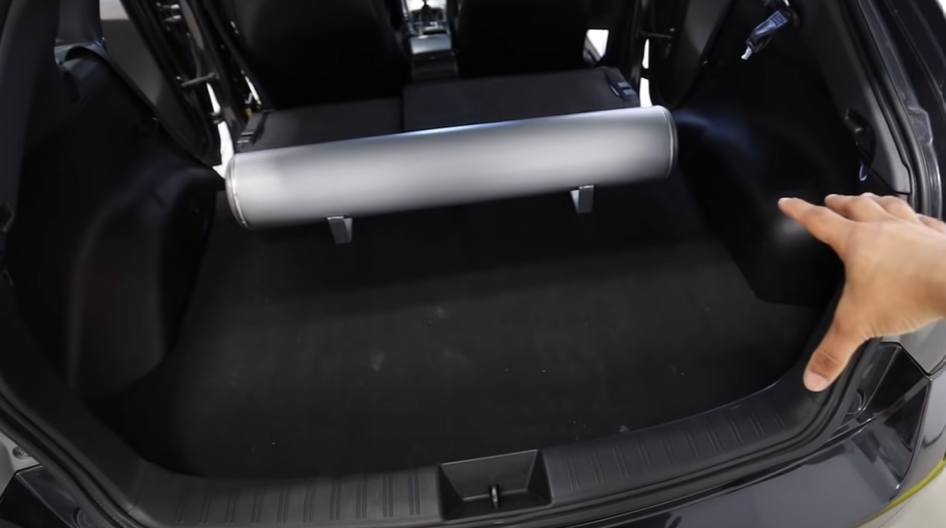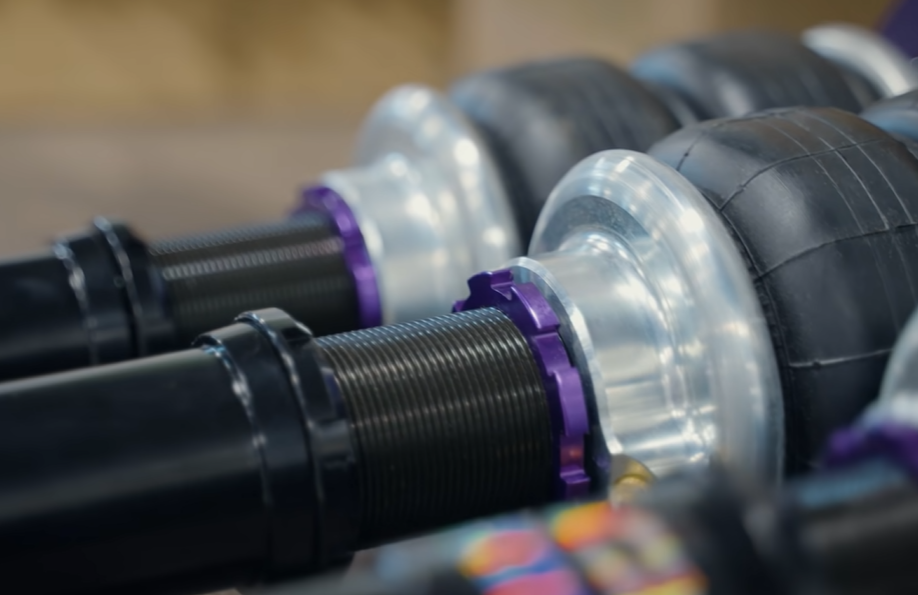What Does It Mean to Bag a Car?
Bagging a car is a process that involves the installation of air suspension components onto a vehicle in order to lower it closer to the ground. This process is often done to improve the look of the car and to improve its performance. Bagging a car requires specialized tools and knowledge, so it is often done by a professional.
The Importance of Air Bag in Your Car
Bagging a car does not provide protection from any sort of accident or impact. It is important to always wear a seatbelt and other safety gear while driving a bagged car. Also, bagged cars may have an increased risk of bottoming out when driving over bumps or other irregularities in the road surface.

How Much is the Cost to Bag a Car?
The cost to bag a car depends on a variety of factors, including the make and model of the car, the type of bagging material used, the size of the car, and the cost of labor. Some car owners choose to bag their cars themselves, while others may opt to have a professional do the work. Additionally, the cost of bagging a car may also vary by location. On average, the cost to bag a car can range from $500 to $2,000, with higher costs associated with larger cars.
Parts of the Air Suspension and Their Cost
The cost of the parts of an air suspension system varies depending on the list below:
1. The type and size of the car
2. The type of material used
3. The complexity of the system.
The most common parts of an air suspension system include:
| Part | Amount |
| Air Compressor | $300-$700 |
| Air Tank | $50-$900 |
| Air Lines | $100-$250 |
| Valve Manifold | $500-$700 |
| Management System | $400-$700 |
| Air Struts | $600-$2,000 |
The cost of these parts can range from $100 to $1,000, depending on the size and complexity of the system.
How Much Does the Installation of a Bag Cost?
The cost of installing a bag on a car varies depending on the type of bag being installed and the complexity of the installation. Generally, the cost of installation ranges from $150 to $400, depending on the type and complexity of the bag.

Release of an Air Bag
The release of an air bag is a safety feature in modern cars that helps protect the driver and passenger in the event of a collision. Airbags are designed to deploy when the car experiences an impact and absorb the shock of the impact to reduce the chance of injury.
How Often Should I Change my Air Bag?
Air bags should be replaced every 10 to 15 years, depending on the manufacturer’s recommendations. If the air bag has never been deployed, the replacement interval may be extended to 20 years. However, if the air bags have been deployed, they should be replaced immediately.
Side Air Bags and Frontal Air Bags
Side airbags and frontal airbags are two types of airbags [1] designed to provide additional protection in the event of a crash. Side airbags are designed to reduce the risk of injury from side-impact collisions, while frontal airbags are designed to reduce the risk of injury from frontal collisions.
How to Choose Your Air Bag
When choosing an airbag, it is important to consider the size and shape of the vehicle, the size and weight of the passengers, and the type of impact the airbag is designed to protect against. It is also important to choose an airbag that meets the safety standards set by the National Highway Traffic Safety Administration (NHTSA).
What are the Benefits of Having a Bag in Your Car?
There are several benefits to having a bag in your car, including improved ride comfort, better handling, improved traction, and improved aesthetics. Additionally, bags can provide a smoother ride, reduce the risk of bottoming out, and provide additional clearance for larger tires.

Conclusion
The cost to bag a car can range from $500 to $2,000, depending on the make and model of the car, the type of bagging material used, the size of the car, and the cost of labor. It is important to always wear a seatbelt and other safety gear while driving a bagged car and to replace airbags every 10 to 15 years, depending on the manufacturer’s recommendations.

